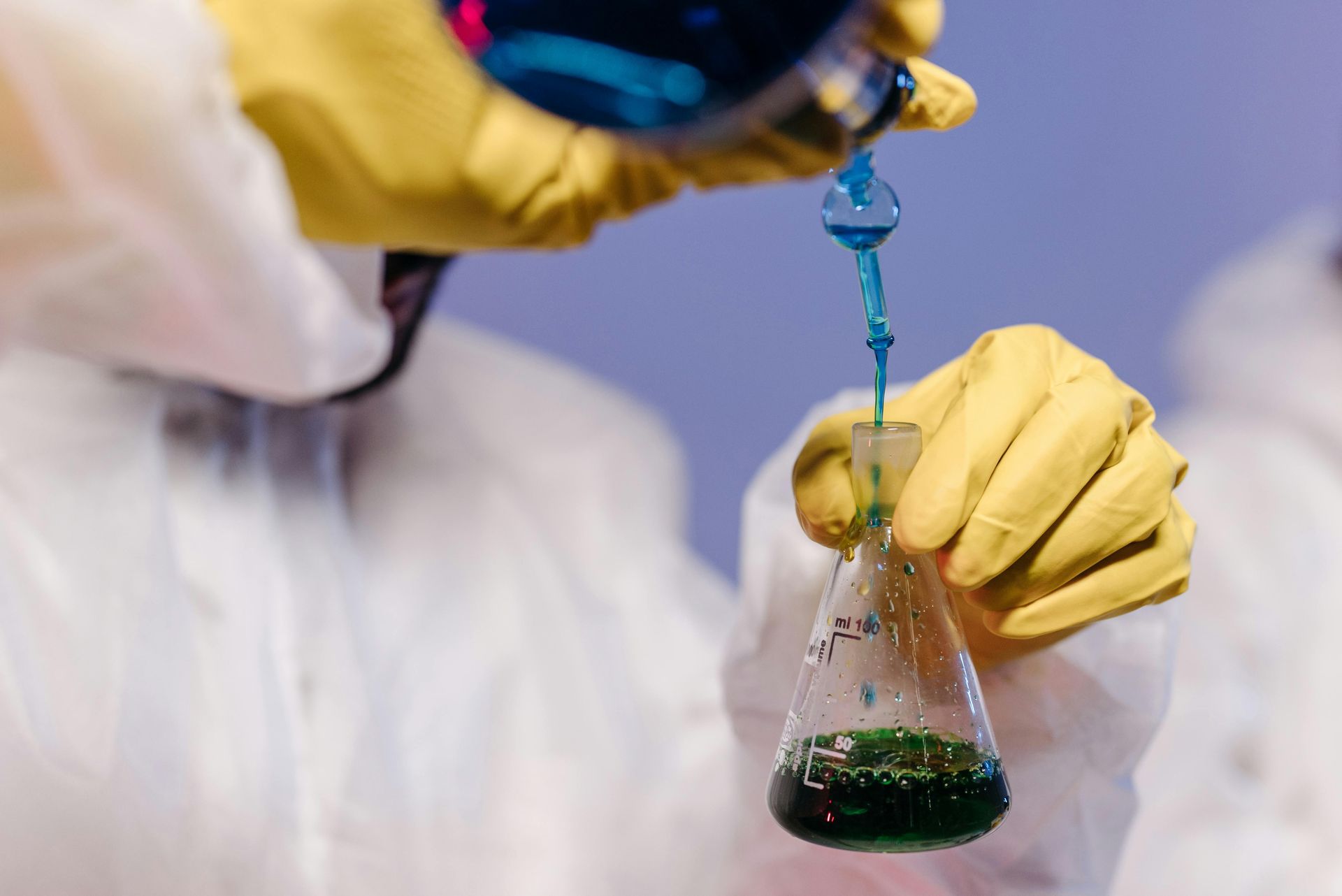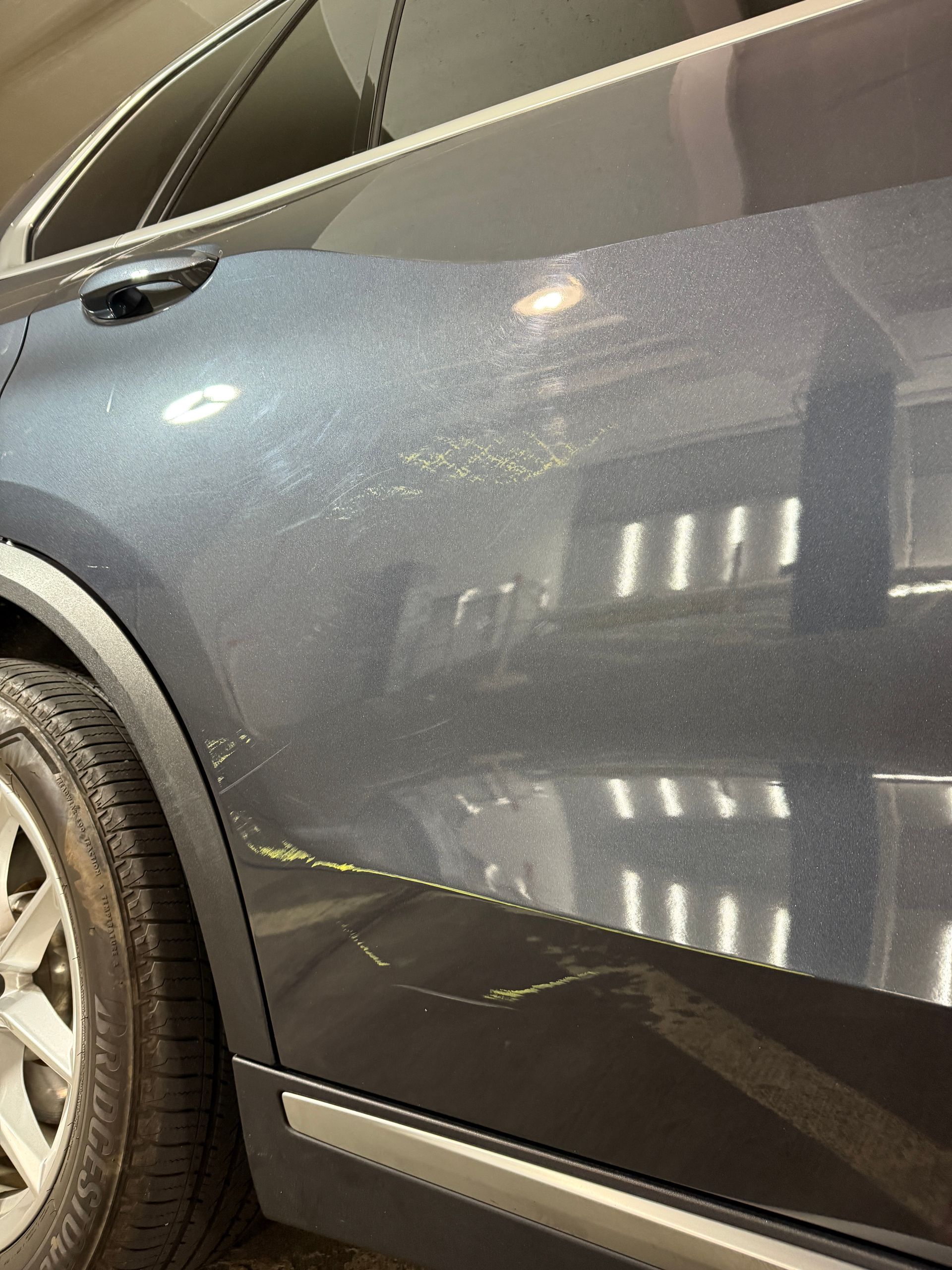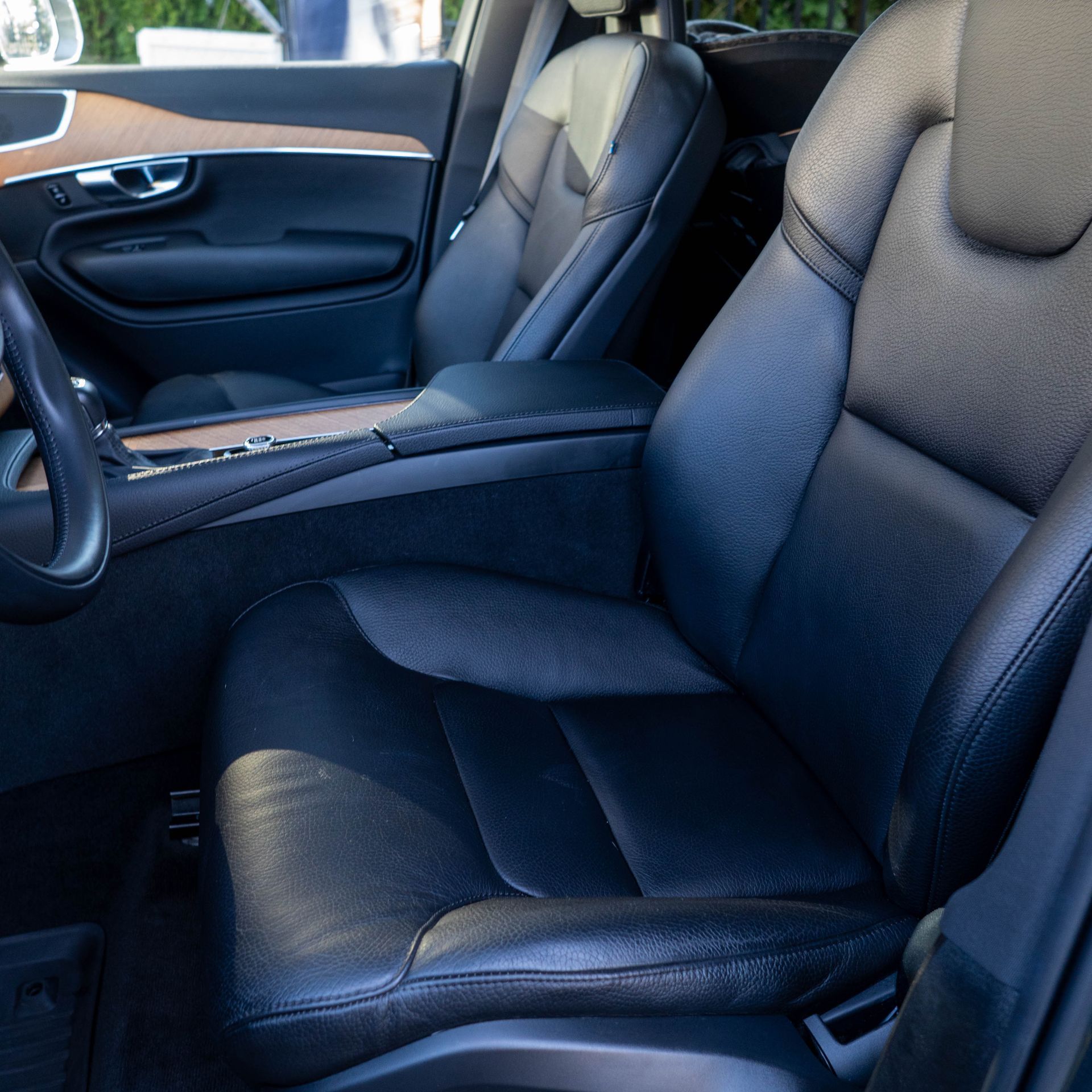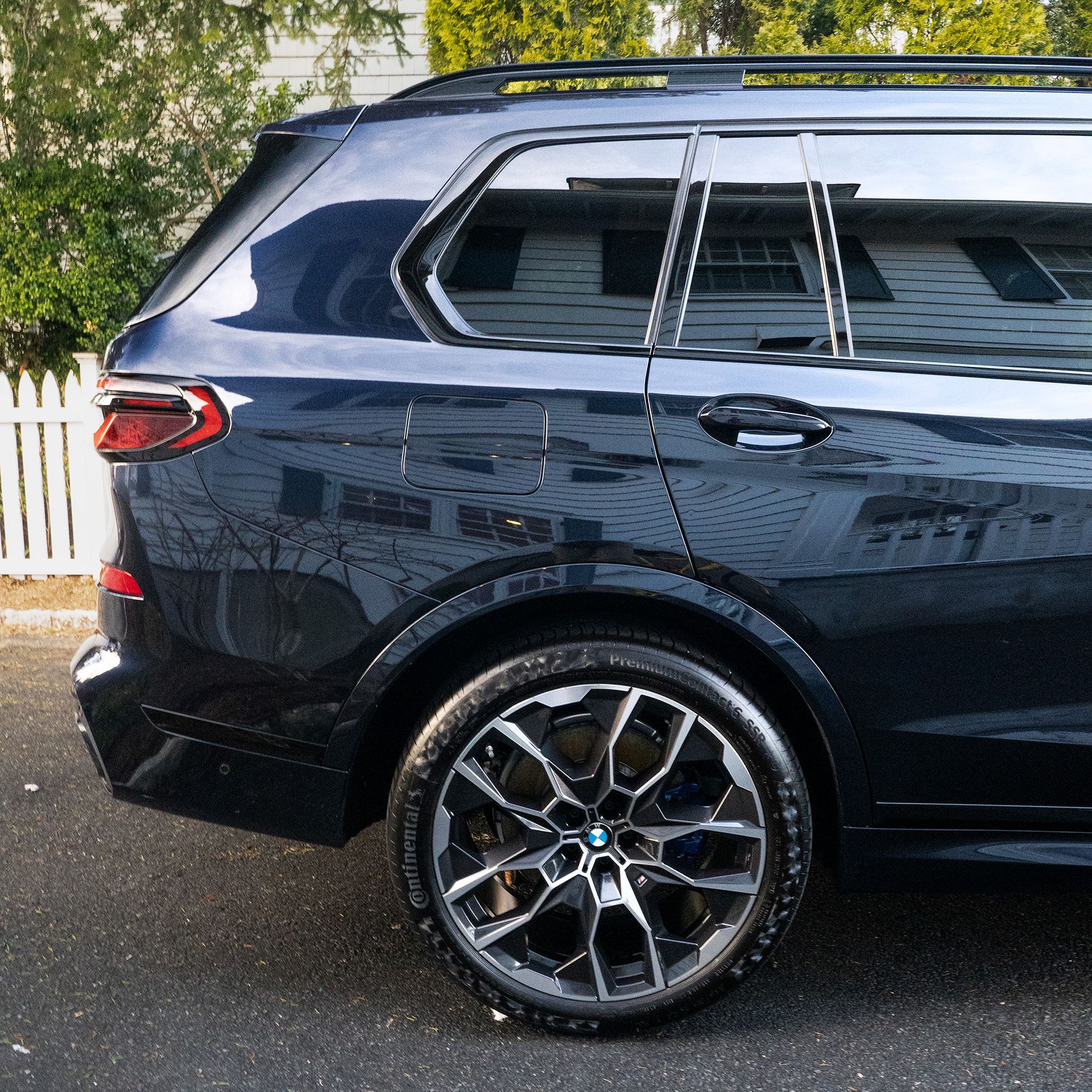About the Author: Adam Nagoshiner had an accounting and business management background when he started with Amazon Leasing. Those skills and his vast knowledge of extoic cars puts him at the helm of managing the customer base and massive lease portfolios.
The Role of Car Detailing in Increasing Your Vehicle’s Resale Value for Car Leasing
September 7, 2024

When it comes to car leasing, maintaining your vehicle’s condition throughout the lease term is crucial for preserving its resale value.
Specific detailing practices, like paint correction, interior protection, and ceramic coating, play a significant role in ensuring that your car remains in pristine condition, maximizing its value at the end of the lease.
Paint Correction: Restoring the Shine
One of the most impactful detailing practices is paint correction.
Over time, your car’s paint can suffer from minor scratches, swirl marks, and other imperfections.
These flaws might seem insignificant, but they can dull the car’s appearance, making it look older and less cared for.
Paint correction involves a multi-step process where professionals use specialized compounds and polishes to remove surface imperfections.
This process restores the paint’s original luster, giving your car a like-new appearance.
Imagine you’re returning a leased car that’s accumulated a few minor scratches over the years.
Without paint correction, those scratches could reduce the car’s resale value.
But with a properly corrected paint job, the car not only looks better but also appears to have been meticulously maintained.
This small investment in paint correction can lead to significant savings by avoiding potential fees for wear and tear.
Real-World Example: Paint Correction Pays Off
Take the case of Sarah, who leased a mid-sized SUV for family use.
After three years of regular driving, her car’s paint had accumulated numerous light scratches and swirl marks, especially around the door handles and the trunk.
Before returning the vehicle, Sarah opted for professional paint correction.
The results were astounding.
The SUV’s paint looked as good as new, and the leasing company offered her a generous trade-in value, which she applied to her next lease.
Without paint correction, she might have faced additional charges or a reduced trade-in value.
Interior Protection: Keeping It Fresh
The interior of your car is where you spend most of your time, and it’s also where wear and tear can become most apparent.
Interior protection treatments, like leather conditioning, fabric protection, and regular deep cleaning, can preserve the look and feel of your car’s interior.
For leather seats, conditioning is essential.
Over time, leather can crack, fade, and lose its softness if not properly cared for.
A professional detailer will use high-quality conditioners to keep the leather supple and resistant to damage.
Fabric protection is equally important for cloth seats and carpets.
Applying a fabric protectant helps repel stains and makes it easier to clean up spills before they cause lasting damage.
This is particularly valuable for those who frequently transport children or pets, as it keeps the interior looking fresh and clean.
Real-World Example: Interior Protection Saves the Day
Consider John, a sales executive who leased a luxury sedan for his job.
With constant travel and meetings, the car’s interior saw heavy use.
Spilled coffee, food crumbs, and general wear and tear had taken their toll.
Before returning the car, John invested in interior protection detailing.
The seats were conditioned, the carpets were treated with fabric protectant, and the entire interior was deep cleaned.
The leasing company was impressed by the car’s immaculate condition and offered John a favorable rate on his next lease.
Had he skipped the interior detailing, the outcome might have been very different.
Ceramic Coating: Long-Term Protection
Ceramic coating is another powerful detailing practice that can significantly enhance your vehicle’s resale value.
Unlike traditional wax, ceramic coatings form a strong, durable layer over the paint, providing long-term protection against environmental contaminants like UV rays, bird droppings, and road grime.
This coating not only enhances the car’s shine but also makes it easier to clean, as dirt and water bead off the surface.
For those leasing high-end or luxury vehicles, ceramic coating is a wise investment.
It preserves the vehicle’s finish, ensuring that it looks as good at the end of the lease as it did on day one.
Real-World Example: The Power of Ceramic Coating
Emily leased a sports car for weekend drives and special occasions.
Knowing that she wanted to keep the car in top condition, she had a ceramic coating applied shortly after taking delivery.
Two years later, the car still had a showroom-quality shine, and the paint was free of the usual wear and tear marks.
When it came time to return the car, the leasing company was impressed by its condition and waived any fees for minor damages.
The ceramic coating had done its job, protecting the car’s value and making the return process smooth and hassle-free.
Conclusion: Detailing Practices That Make a Difference
In the realm of car leasing, specific detailing practices like paint correction, interior protection, and ceramic coating can make a world of difference in preserving your vehicle’s resale value.
By investing in these services, you ensure that your car remains in top condition, avoiding potential fees and securing a better deal on your next lease.
Remember, the way you care for your leased vehicle today directly impacts its value tomorrow.
If you’re nearing the end of your lease, consider scheduling these detailing services to protect your investment.
It’s a small price to pay for peace of mind and a higher resale value.









